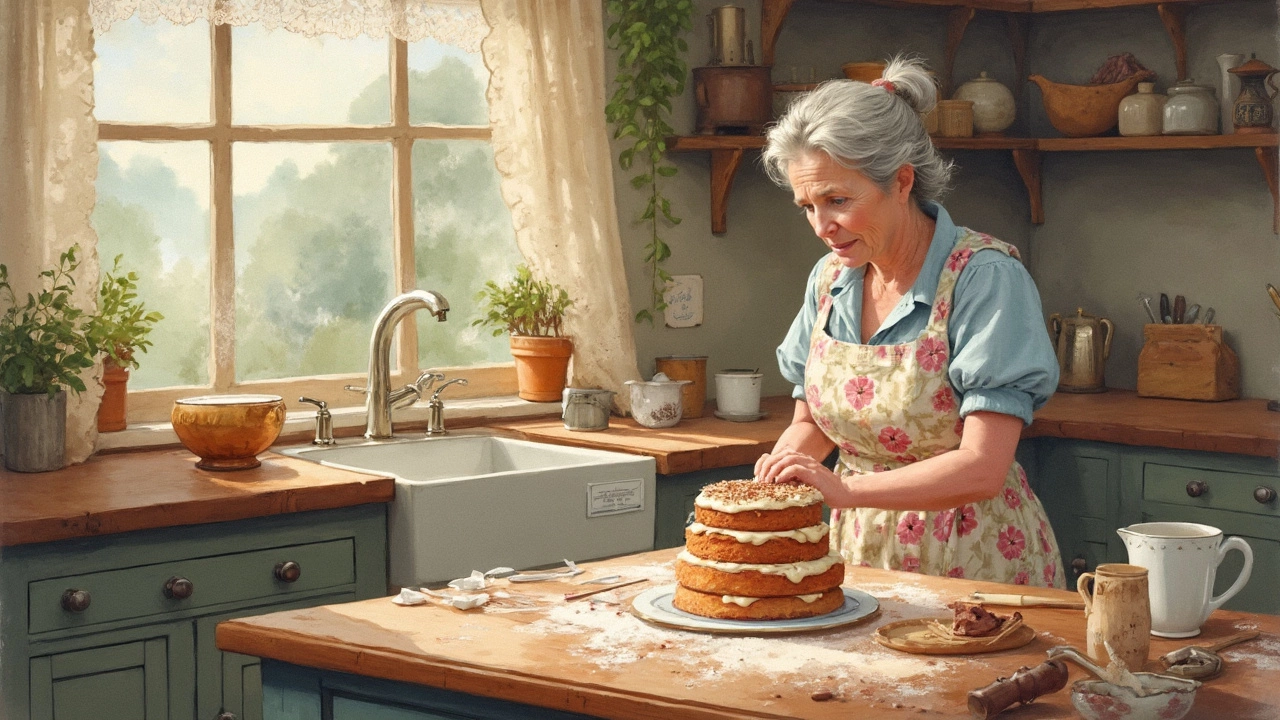
So, what do you actually call a lady who bakes cakes? The answer’s simpler than you might think: she's a baker. If you want to get fancy, the word ‘pastry chef’ fits if she makes cakes as a job and has legit training. But honestly, most folks just say baker—even for show-stoppers coming out of a home kitchen.
There isn’t some secret term just for women who bake. A century ago, you might’ve heard “cake lady” passed around small towns. These days, gender doesn’t define your title in the kitchen. What matters more is your skill with a spatula and your knack for whipping up batters that turn into magic.
- What’s the Right Name for a Woman Who Bakes Cakes?
- Women and the World of Cake Baking
- Key Tools Every Cake Baker Needs
- Cake-Baking Secrets Passed Down by Women
- Mistakes First-Time Bakers Make (and How to Avoid Them)
- How to Share Your Cake Creations
What’s the Right Name for a Woman Who Bakes Cakes?
Alright, let’s clear this up. If you’re looking for the correct term for a woman who bakes cakes, you won’t find a word that’s just for women. The go-to name is simply “baker.” If she’s trained in fancy cake work—think wedding cakes or fancy pastries—the term “pastry chef” fits, but that one isn’t about gender either. And for home bakers who crush it with birthday cakes and cupcakes, the simplest answer is, you guessed it, “baker.”
People sometimes use nicknames like “cake lady” or “cake boss” (thanks to TV), but these aren’t official titles. If you’re selling cakes at a market or baking for friends, you’ll still just be called a baker. Industry pros—the kind who work in kitchens or run cake businesses—use “baker” or “pastry chef” for everyone, no matter who’s behind the oven. Here’s a quick table breaking down cake baker titles and what they really mean:
| Title | Who Uses It | Works For Women? |
|---|---|---|
| Baker | Bakeries, home kitchens, shops | Yes |
| Pastry Chef | Restaurants, high-end bakeries | Yes |
| Cake Lady | Local, casual, mostly in small towns | Yes, but very informal |
| Cake Artist | Custom cake designers | Yes |
Here’s the main takeaway: whether you’re a guy or a gal, if you bake cakes, you’re a baker. Cake making doesn’t care about gender; it’s all about the skill and the cake you put on the table.
Women and the World of Cake Baking
Women have always been at the center of cake baking, whether it’s in the home kitchen or running their own bakeries. Back in the 19th century, baking cakes at home was a big deal in Europe and America, since store-bought treats were expensive and not even common. Moms and grandmas passed down their recipes like family treasure—some recipes are still in use today because of that.
When cake shops first started popping up, it was mostly men running the show, weirdly enough. It wasn’t until the 20th century that more women started owning bakeries and getting jobs as professional pastry chefs. Check out how things have changed in the past few decades:
| Year | Women Professional Bakers (% in US) |
|---|---|
| 1970 | 14% |
| 1990 | 32% |
| 2024 | 54% |
Now, more than half of working bakers in the U.S. are women. Social media made a huge impact too—lots of self-taught bakers, mostly women, turned their cake hobby into a real business just by sharing amazing photos and videos online. Ever scrolled through Instagram or TikTok and wondered, “How did she even do that?” That’s a normal day for the modern cake baker.
If you look around the world, you’ll see even more women putting their own spin on cake baking: Japanese moms making kawaii birthday cakes, Latin American abuelas rolling out tres leches cakes for family parties, or home cooks across Europe perfecting classic sponge cakes. What ties them together is the cake recipes they use and adapt. Women keep traditions alive but aren’t afraid to mix in some wild new flavors or decorating tricks.
In short, women have been driving the cake game forward for generations, and now they’re running the business side just as much as the baking side. If you’re a woman with flour on your shirt and a stand mixer on your counter, you’re part of a long winning streak.
Key Tools Every Cake Baker Needs
If you want to call yourself a true cake baker, your kitchen needs a few key tools. You don’t have to buy out a cooking supply store, but skipping certain basics will hold you back from making reliable, mouthwatering cakes every time.
- Mixing Bowls: Use at least three—one for dry ingredients, one for wet, and a spare for unexpected steps. Stainless steel or glass works best since they're easy to clean and don't hold odors.
- Electric Mixer: Stand mixers save time and beat batters evenly, but a hand mixer does the job, too. Manual mixing is okay for basic cakes but gets tiring fast.
- Measuring Cups and Spoons: Precision matters more than you think. Two tablespoons doesn't "feel right"—you need to measure exactly, especially for baking powder and flour.
- Kitchen Scale: Digital scales up your accuracy. Fun fact: home bakers who weigh ingredients have 20% fewer recipe fails compared to those who stick with just cups and spoons.
- Cake Pans: The right shape and size make a big difference. Start with an 8” or 9” round, then add a loaf, square, and cupcake pan as you go.
- Rubber Spatulas: Get at least two. They make scraping bowls and smoothing batters a breeze.
- Cooling Rack: Hot cakes stick and get soggy when left in the pan. A cooling rack stops this by letting air move underneath.
- Parchment Paper: If you bake often, invest in the pre-cut rounds—no more cakes glued to the bottom.
- Offset Spatula: Spreads frosting way better than a regular knife. You’ll thank yourself the first time you frost a layer cake.
Here’s a quick look at how these tools can reduce cake problems and help you bake smarter:
| Tool | Main Benefit | Percent of Pro Bakers Using |
|---|---|---|
| Kitchen Scale | Accurate measuring | 94% |
| Electric Mixer | Quick, even mixing | 89% |
| Cooling Rack | Proper cake texture | 78% |
| Offset Spatula | Smooth frosting finish | 81% |
Don’t worry if your cake pan collection starts small. Start with reliable, basic tools and upgrade piece by piece as you grow. And, never ignore how a simple kitchen scale can turn almost anyone into a so-much-better baker.

Cake-Baking Secrets Passed Down by Women
Grandmas and moms have been handing down cake-baking know-how for generations, and let’s be real, these tricks actually work. One tried-and-true tip is to always measure your ingredients by weight instead of just scooping cups. European bakers, especially, swear by their kitchen scales, and they’re onto something—it keeps cakes light and fluffy every time.
Another classic? Bringing ingredients like eggs and butter to room temperature before you start. When ingredients are all the same temp, your batter mixes smoother and your cakes rise better. It’s a simple step, but it’s the kind of advice people forget if they just follow a recipe straight off the internet.
- Swap regular milk for buttermilk to make cakes extra tender and add flavor. Southern bakers use this trick for rich, moist layers.
- Dust your cake pans with flour after greasing them to keep cakes from sticking, or even use cocoa powder for chocolate cakes so you don’t get white marks on the crust.
- Don’t overmix once the flour’s in. Overdoing it knocks out the air and your cake turns dense instead of soft.
- Test your cake with a toothpick in the center—if it comes out with just a crumb or two, it’s done. It’s way more reliable than just guessing by time.
One more thing: women in the cake world love to talk about keeping it simple. Start with a basic sponge or vanilla layer before you move on to fancy stuff. The best cake recipes still rely on old-school sense, not just fancy gadgets.
Mistakes First-Time Bakers Make (and How to Avoid Them)
Anyone diving into cake baking for the first time knows there’s a learning curve. Even after you master the basics, it’s all too easy to trip up over little things that can ruin a good cake. Ever popped your cake out too early and watched it collapse? Or maybe you mixed everything perfectly, only to end up with a dense, gummy mess. You’re not alone—beginner bakers everywhere run into these classic slip-ups.
Here are the biggest mistakes that show up time and again, and—most importantly—how to dodge them.
- Cake recipes are fussy about measurements. Eyeballing flour or sugar instead of using a scale? Huge deal. A 2023 survey from King Arthur Baking showed first-timers over-measure flour by up to 30%—that means dry or heavy cake. Grab a kitchen scale when possible.
- Skipping room temperature ingredients is another culprit. Cold eggs or butter won’t blend in smoothly, which can lead to weird textures. Pull out your butter and eggs before you even preheat the oven.
- Overmixing is another rookie move. Stirring batter until it’s super smooth sounds right, but really, too much mixing develops gluten and can make your cake chewy. Mix until just combined, then put the spoon down.
- Ignoring oven quirks spells trouble. Not all ovens actually run at the temp on the knob. The Food Network says 1 in 3 home ovens runs off by more than 10 degrees. Oven thermometer? Yes, please.
- Peeking is tempting, but opening the oven door too often makes cakes sink. Set a timer and trust the process until it’s getting close.
Lisa Donovan, a James Beard Award winner, put it best:
"The first thing new bakers need to realize is that baking is about patience and accuracy. You can’t rush a great cake or wing it with the details."
Wondering just how common these mistakes are? Check out this data from a Home Baking Survey done in 2022:
| Mistake | % of First-Time Bakers Who Made It |
|---|---|
| Wrong measurements | 65% |
| Overmixing | 52% |
| Baking at the wrong temperature | 43% |
| Opening oven door too often | 39% |
You don’t need to be a pro to bake a good cake, but every great baker started with a flop or two. Keep measuring, be patient with those eggs and butter, ignore the urge to peek, and your cakes will turn out way better. Trust me, the process gets easier—and much tastier—with every try.
How to Share Your Cake Creations
If you just pulled off an epic cake and people need to see it, you’ve got more ways than ever to show it off. Social media is jam-packed with cake photos and tutorials—Instagram and TikTok are the hotspots. If you want your cake to stand out, snap photos in natural daylight and skip the busy backgrounds. A basic, clean plate works way better than a cluttered table.
If you want to go beyond your friends and family, try a Facebook cake group or hop on Reddit’s Baking community. Beginners and pros both hang out there, share recipes, and give honest feedback. If you’re building up the courage to sell cakes, local community pages can get the ball rolling much faster than setting up a website on day one.
Offline sharing isn’t dead. Office birthday? Bring a batch and let people taste your skills. Local bake sales, farmer’s markets, or even school events are still great places to build your rep—and pick up some honest tips. Plenty of local bakeries and coffee shops let you display cakes for sale or host tasting days. Just call ahead and see what the rules are.
If you’re dreaming big, consider entering a baking contest. Big ones like the National Cake Show (held every spring) draw all kinds of talent. Even small county fairs have cake contests, and judges usually give out actual pointers instead of basic comments like “yummy.”
- Take clear, close-up photos of your cakes
- Use hashtags like #cakebaker or #[yourtown]bakes for better reach
- Join online groups to swap feedback and stay inspired
- Let people taste your cakes at local events for real reactions
- Ask small cafes about guest displays or collabs
You don’t have to go pro to share what you make. Sometimes, just posting a photo or giving a slice to a neighbor is enough to make someone’s day (and boost your baking confidence, too).

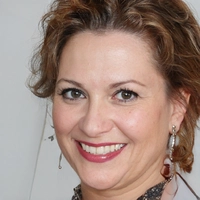

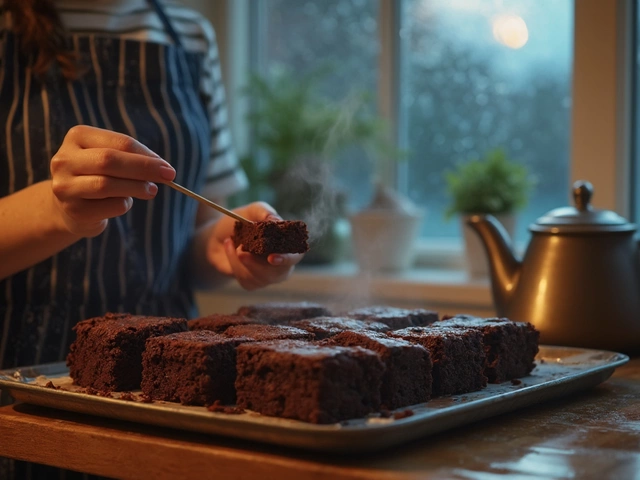

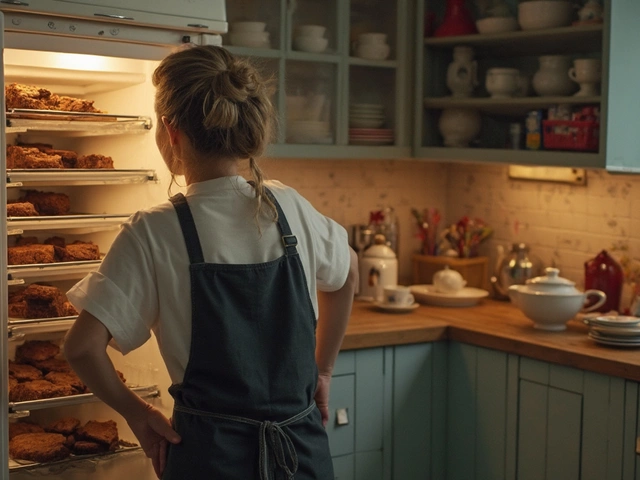
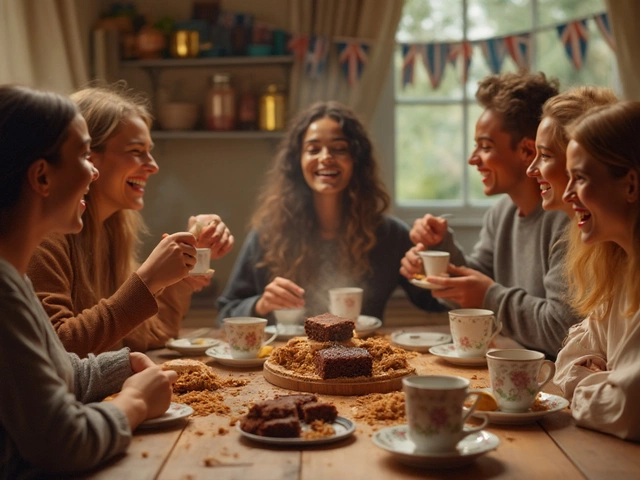

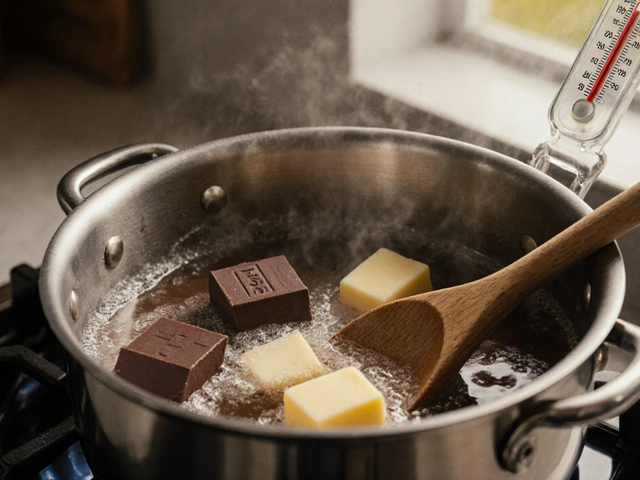


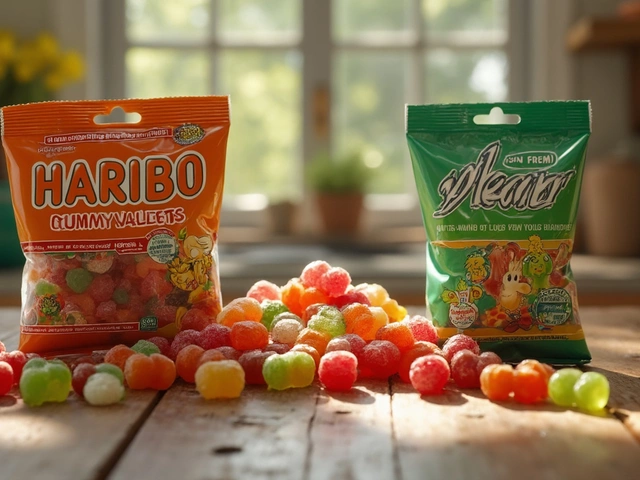
Write a comment